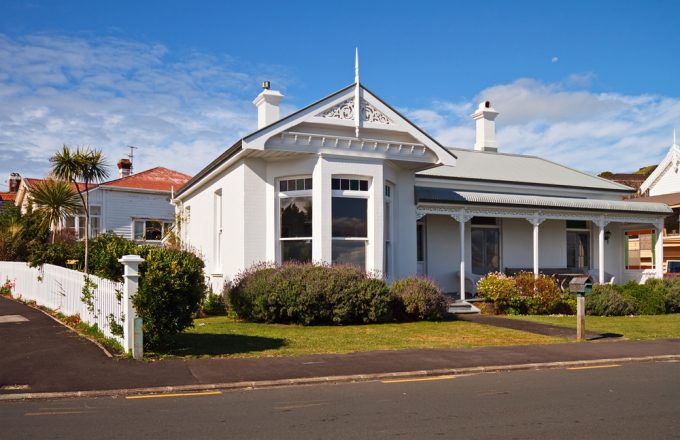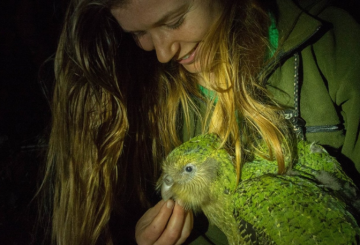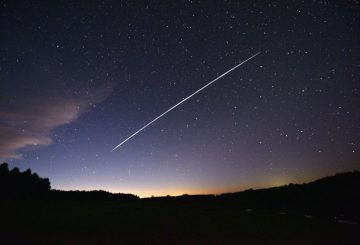생애 첫 주택 구매자의 주택 구입 가능성은 지난 10월에 최저치를 기록했는데, 이는 2004년 interest.co.nz의 주택 대출 가능성 보고서가 시작된 이후 최저치를 기록했다.
이 보고서는 최초 구매자를 위한 주택 구입 가능성의 세 가지 지표를 측정한다:
- 하위 4분위의 평균 주택 가격
- 모기지 금리
- 25~29세의 평균 급여
이 정보를 통해 최초 구매자가 10% 보증금을 위해 얼마나 저축해야 하는지, 얼마나 빌려야 하는지, 주 단위 주택담보대출 상환액은 얼마인지 파악할 수 있다.
주택 담보 대출금의 40% 이상에 도달하면 모기지 지불금을 감당할 수 없는 것으로 간주된다.
10월 가격에서 전국 평균 하위 4분위 가격인 61만 달러에 집을 구입하려면 첫 구매자는 10% 보증금으로 61,000달러를 저축하고 54만9,000달러를 담보로 대출해야 한다. 10월의 평균 2년 고정금리인 5.88%로 주택담보대출 상환액은 주당 849달러가 된다.
25-29세 부부의 전국 평균 세후 급여는 10월 주당 1835달러였다. 즉, 급여 중 주택 담보 대출 46%를 감당해야 한다.
국민주택담보대출 여력 대책은 지난해 11월 집값이 최고치를 기록한 이후 40%를 웃돌고 있다. 지속적으로 상승하고 있으며, 이는 경제성이 악화되고 있음을 의미한다.
하위 4분위 주택에 대한 주택 담보 대출 가능성 측정치가 40% 미만인 지역은 마나와투/황가누이, 타라나키, 오타고, 사우스랜드뿐이다.
다만 오타고는 세후 보수의 39.97%로 문턱을 조금 밑돌아 전국 3개 지역만 ‘적정’하게 됐다.
보고서는 20%의 보증금을 납부 수 있는 구매자들에게는 주택 구매력이 좀 더 쉽지만, 평균 소득의 첫 주택 구매자 대다수에게는 어려운 일이라고 전했다.





























































